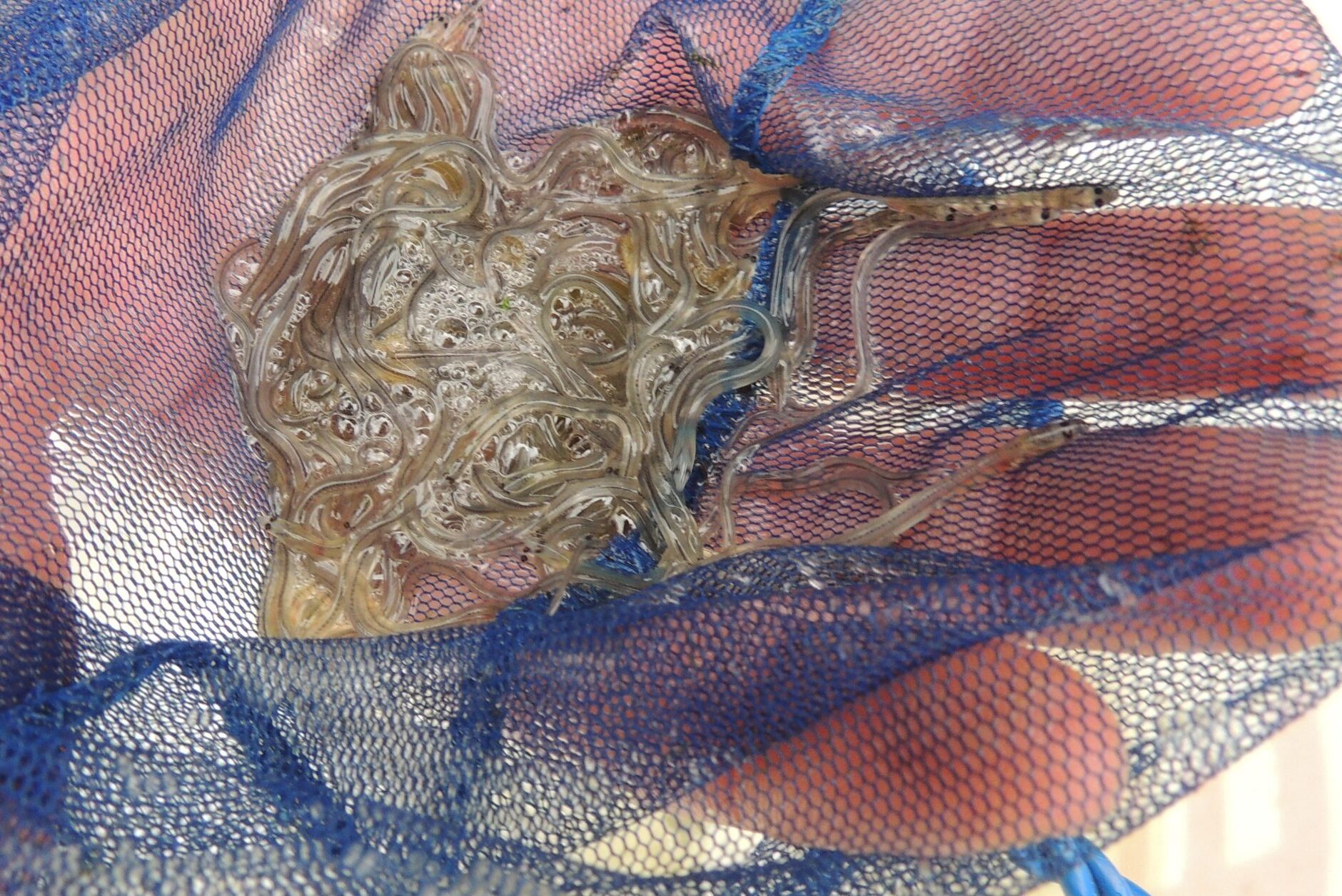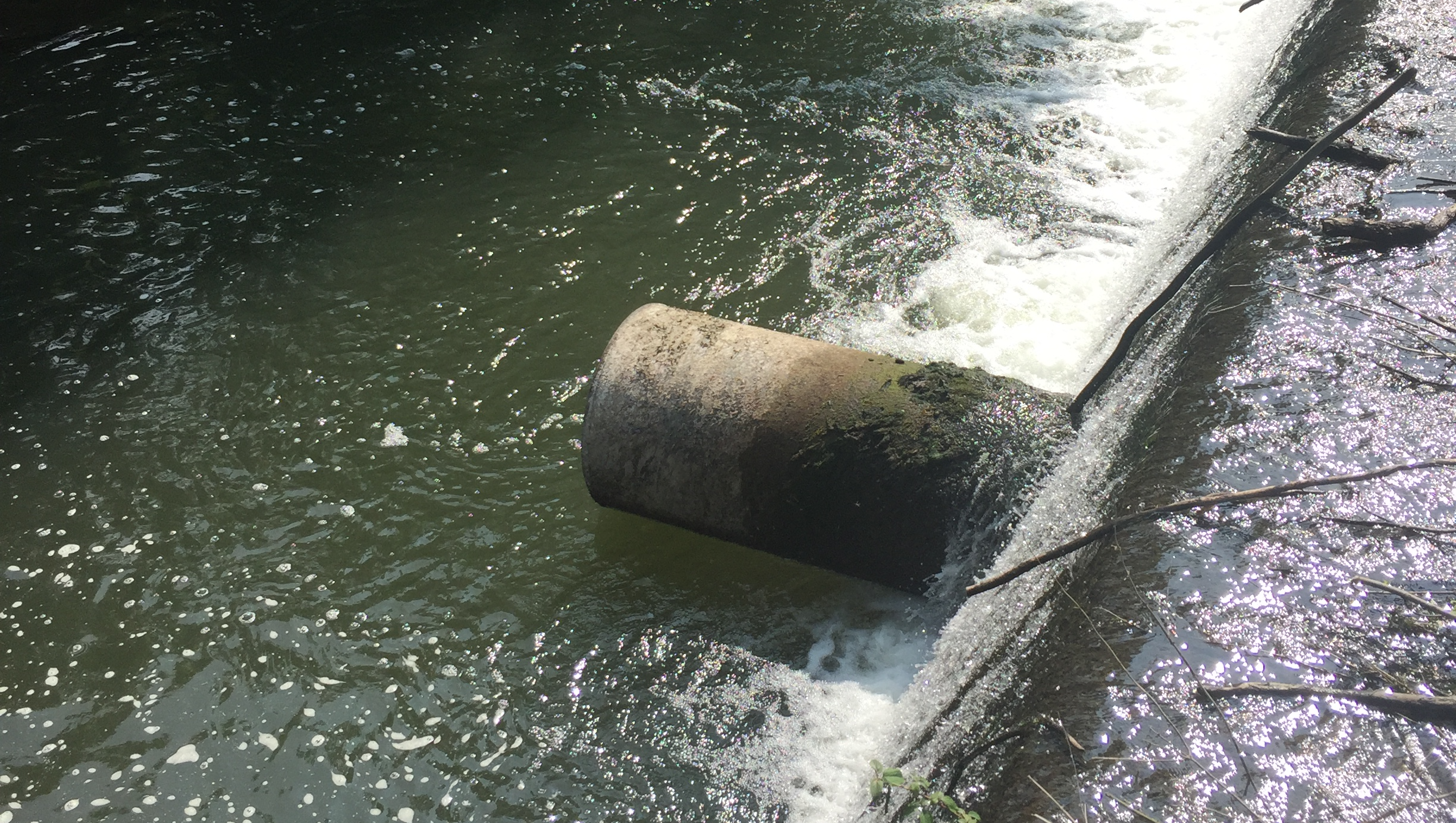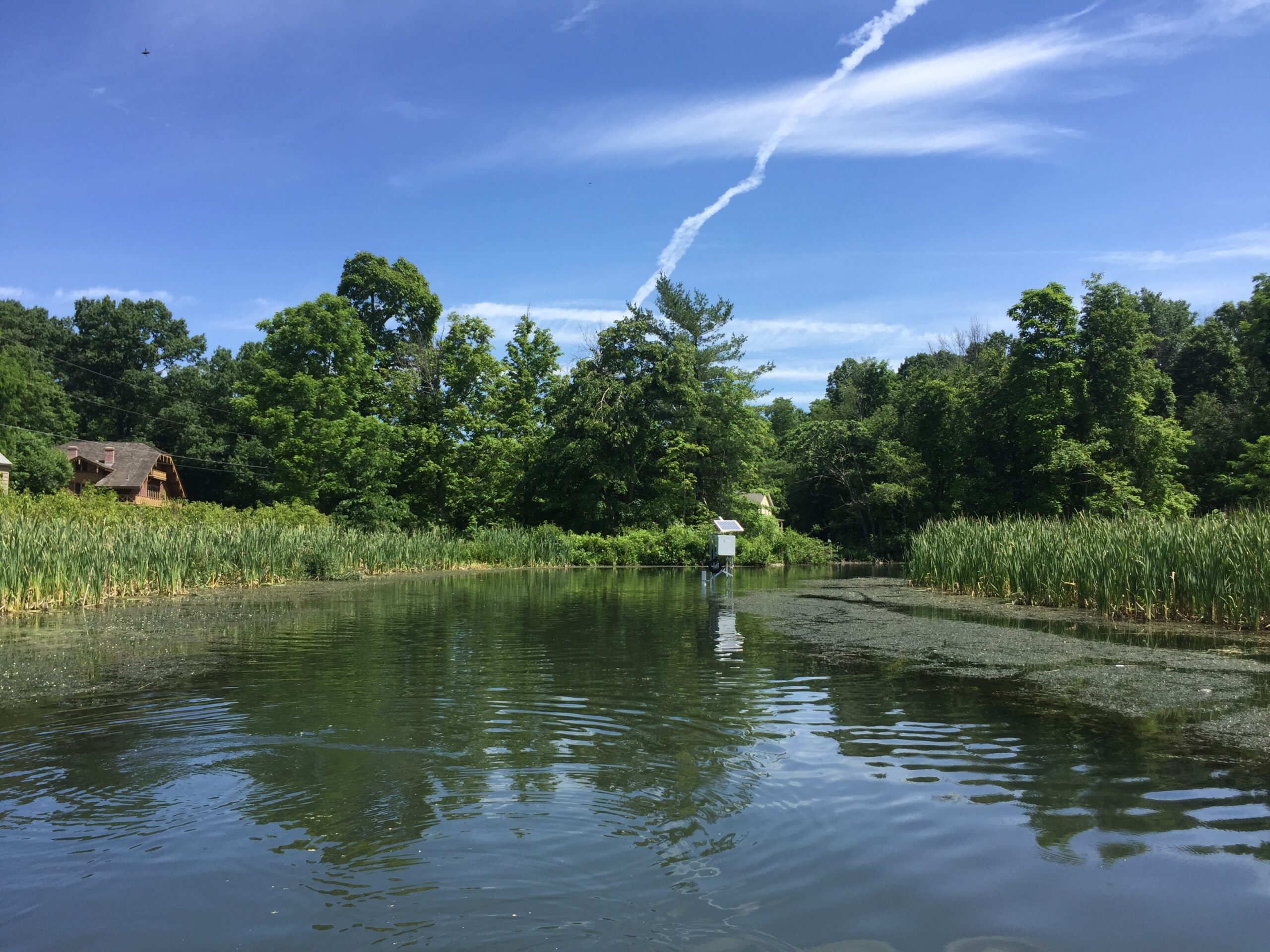Maintain Environmental Quality
Maintaining environmental health upstream and downstream of your site is a priority when installing a micro hydropower system. With diligent planning, these small systems can be embedded within an existing legacy dam with minimal alteration to the environment.
Evaluating Environmental Risk
This section is designed to help define environmental impacts and their sources in a structured way so that you don’t feel as though you are randomly trying to understand everything that could possibly happen as a result of a microhydro project. Going though this process is valuable because it helps prioritize which environmental concerns are specific to your site, and can prepare dam owners before speaking to regulatory agencies and other stakeholders.
We know hydropower projects can pose risks to biological communities and the aquatic ecosystem. Many of these are associated with the existence of the dam, and some are associated with the hydropower generation infrastructure and operation itself.
When thinking about the possible environmental impact, we want to identify all of the potential issues and risks and be as thorough as we can:
- What are the risks? Identify the possible environmental risks of installing hydropower on your dam.
- How big are they? Walk through each risk and how it could affect your stream’s ecosystem. Consider how large or how small the impacts of each risk could be, and how likely they are to happen.
- What are we going to do about it? Are there trade offs? When possible, a project will first try to avoid the environmental risk altogether. If that’s not possible, then work to minimize the risk, and to mitigate the possible impact. How each risk is addressed will be unique to each site because every site and every dam owner is different.
Collecting Data
Once you are familiar with the the various potential environmental concerns at your site, the next step is to begin compiling data. This will include getting publicly available data from local municipalities or state and federal agencies in the form of tables, maps or documents. You can hire local experts to create your own data (maps and field studies) and even begin to collect your own data and observations to support the process. The data that is collected will likely be part of your legal and permitting process as well. Working with regulatory agencies while collecting data can help make sure you collect all required information for your site.
Hydrology
The role of a dam in the local watershed
Hydrology is concerned with the amount of water available within a watershed and how that water moves across the landscape. The hydrologic impact of a project is based on how it will change the amount of water flowing downstream.
Phasellus luctus
Lorem ipsum dolor sit amet, consectetur adipiscing eli.
Etiam sodales
Lorem ipsum dolor sit amet, consectetur adipiscing eli.
Nullam eu sem
Lorem ipsum dolor sit amet, consectetur adipiscing eli.
Projects
Saw Kill Project:
American Eel
The Saw Kill Project identified the American Eel as one species of concern for the project. The American Eel is a migratory eel that uses the Saw Kill waterway during its lifecycle.
Read more about the American Eel, how Bard measured the eel populations, and how the project is considering addressing the safety of the eel in the project.

Projects
Saw Kill Project:
Water Quality
Measuring a number of water quality indicators was one of the first steps that Bard went through when considering micro hydropower for the existing dams on the Saw Kill waterway.
Read more about what these water quality indicators are, how they are measured, and why they are important.
Resources & Guides
Environmental Impact Reporting
When assessing environmental impact, using publicly available resources can provide an idea of what concerns exist. Working with technical experts can also ensure that you meet the required environmental standards.
Stakeholder Engagment
Engaging with stakeholders early on in the process can ensure that potential risks and concerns that will affect your project are identified early on in the process. Engaging with stakeholders early also helps to build working relationships that will be necessary throughout the project.
How-To Guides
There are many resources and data available to inform your site selection and environmental impact
- NYS Dept. of Environmental Conservation: EAF Mapper Provides preliminary information for the Environmental Assessment Form.
- USGS National Water Information System A guide to retrieving data from the National Water Information System
- Hudson River Estuary and Watershed Research and Extension Mapper A resource for natural resources, land use, and conservation planning research and projects in the Hudson River Valley region of the state.
Environment Posts
Recent articles about the environmental impacts of microhydro power.




